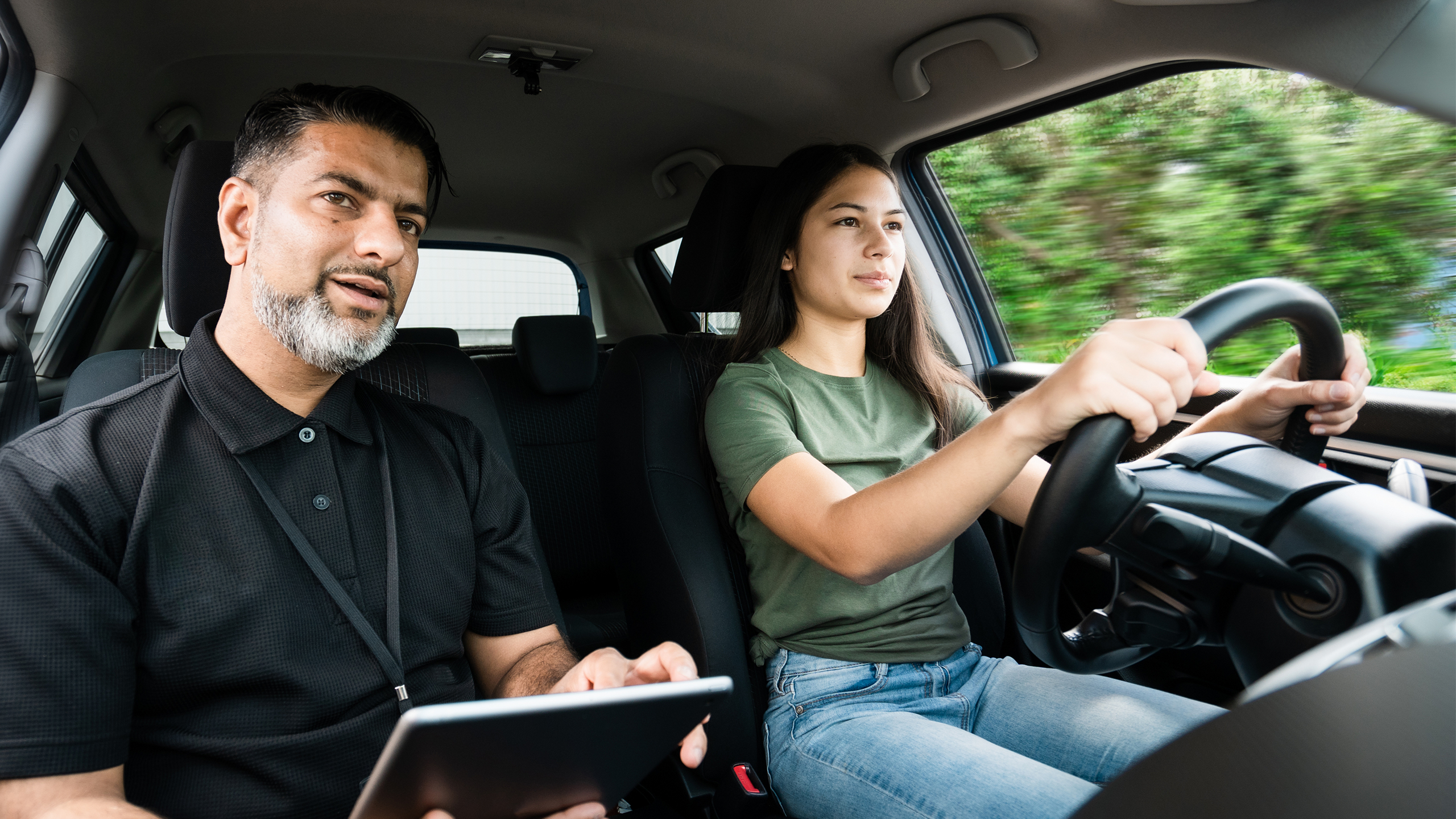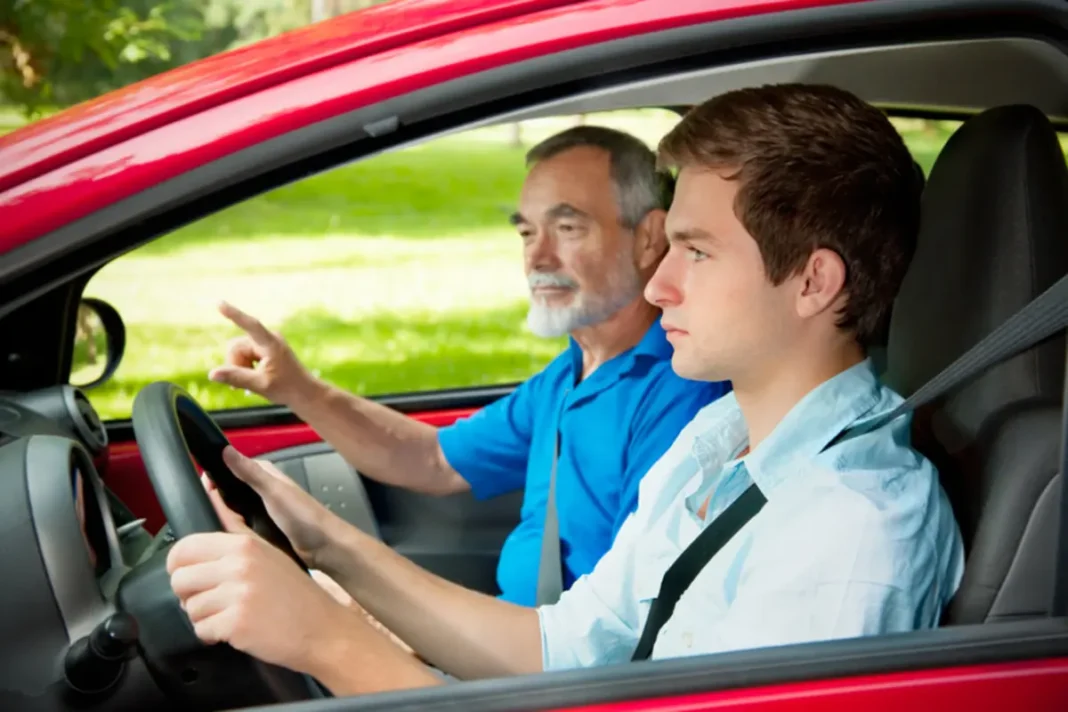When you’re ready to leave your learner’s permit behind, choosing a car for your road test is essential. If you don’t have a vehicle at home or if it’s being used on the day of your test, here’s how you can find one.
Make sure the car qualifies for road testing
First, be aware that your car will also be tested. Before you are allowed to take your road test, the examiner will inspect the vehicle you intend to drive. If the car does not match the specifications, you may be turned away.
Because you cannot pass your driving test unless you have a car that meets the requirements of your state’s department of motor vehicles, you must be familiar with the laws ahead of time. Your DMV would most likely expect the car you drive for a driving test to:
- Have car insurance. If you crash during your road test, your vehicle’s auto insurance will cover the damage.
- Have a license plate. Some states require front and rear plates.
- Become registered in your state or another.
- Meet safety regulations, such as having a functioning horn, brake lights, rearview mirrors, and seat belts. Some states compel car owners to undergo annual vehicle safety checks. Depending on your state, you may be required to display the sticker indicating that the car has passed before taking your driving test.
Some states also require that the brake be within reach of the examiner from the front passenger seat. This often refers to a vehicle having a hand brake between the front seats — or at least no center console that prevents access to the foot brake.
Specific criteria differ by state, so check with your DMV before going.
Borrow a car for your driving test
You can borrow a car from anyone, whether it’s a friend, neighbor, relative, or someone else.
It’s easiest if the vehicle’s owner comes with you to show proof of registration and insurance. If that is not possible, ask the local DMV if it is acceptable to attend without the car’s owner, and what paperwork you should obtain from them beforehand.
Because auto insurance accompanies the car, the insurance on the vehicle you’re borrowing kicks in if you get into an accident on the way to or during your test, even if the owner isn’t present.

Rent a car from a driver training school
If you can’t borrow a car to take your road test or no one is available to drive you, contact local driver training schools to see if they can help.
These schools may offer to pick you up on the day of the test or meet you at the DMV and allow you to utilize one of their vehicles for the exam.
If you take driving lessons from the school, you may be able to gain behind-the-wheel experience in the school’s car and subsequently utilize that same car for your road test. In some areas, you can take your formal driving test at the school rather than the DMV.
Even if you aren’t using the school for training, ask nevertheless. Some will rent you a car for your driving test even if you have not taken lessons there. In many circumstances, you can become acquainted with the vehicle by driving it for an hour or two prior to your road test.
Driving schools’ rental rates range from $25 to more than $400, depending on where you reside and whether you need transportation to and from your road test.
Rent a car from a rental company
Rental cars may be permitted for the road test in some situations, however it is prudent to double-check before putting down money for a rental.
Rental car businesses only allow drivers with legitimate license to drive their car, therefore this option is not applicable if you only have a learner’s permit.
Furthermore, not all states allow rental vehicles for driving tests, and some rental car companies prohibit utilizing their vehicles for tests.
Typically, you can hire a vehicle in the United States if you have a valid license from another country, as well as an international driving permit, depending on your state. You must provide your international license at the rental counter, together with any other documentation required by the rental business, such as a passport. Bring the rental contract with you to your road test so that the DMV can confirm you are an authorized driver.
In addition, rental cars must be insured. Depending on the card, you can either purchase coverage for the rental vehicle from the rental company or obtain insurance through the credit card used to pay.


